More Poor Richard, Part 8
by Dr. Mark David Major, AICP, CNU-A, The Outlaw Urbanist contributor
Courteous Reader,
I attempted to win your favor when I wrote my first Almanac for Architects and Planners, in the name of the public good and professional betterment, by way of earning some profit and a wife. I am gratified by your expression of encouragement for my tireless efforts dedicated to these aims. Alas, my circumstances still find me exceedingly poor and, unluckily, exceedingly wifeless. I am required to earn some profit to address both problems whilst now addressing a third, namely testing the proposition that insanity is “doing the same thing over and over again and expecting different results.” To satisfy my own particular brand of insanity, I have written more proverbs and whimsical sayings for your benefit and, hopefully, my own.
As before on The Outlaw Urbanist, I write this new Almanac in increments of ten, according to the dictates of Moses and the Almighty. However, once published as an Almanac for Architects and Planners, the proverbs and witticisms were gathered into a number equal to the days of the week, after being reliably informed that both seven and ten are sacred numbers. My desired requirement for a wife is sufficient motive to write this new Almanac in the hope it will find your favor and retweets as a means of demonstrating the usefulness of my continued efforts but also your charity to this sane Friend and poor Servant,
Richard
On Architects and Planners
71. Urban planners need to design the plan, not plan the plan.
72. Architects and planners without poetry in their heart are the serial killers of the built environment.
73. Urban planners should be far less concerned with highways and far more concerned about grids.
74. Architecture is not the unknowable alchemy of the One but the knowable synthesis of the Many.
75. The absence of quality signifies the presence of apathy.
76. Architect and planner are jobs. Design is a calling.
77. An architect’s best building should always be the one they are designing right now.
78. Architecture feeds the ego. Ego consumes the architecture.
79. Architects or planners only operating on PCs with Microsoft Windows are Yankee traders. Let the buyer beware.
80. If an urban planner is half-right, then they are also half-wrong. Our cities and citizens deserve 100% rightness.
Issue 9 of More Poor Richard for Architects and Planners cometh soon!

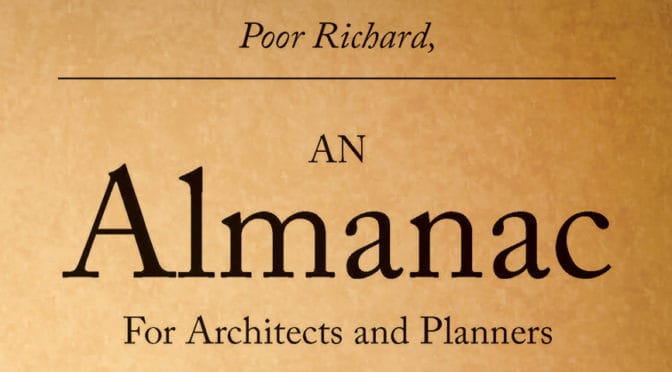
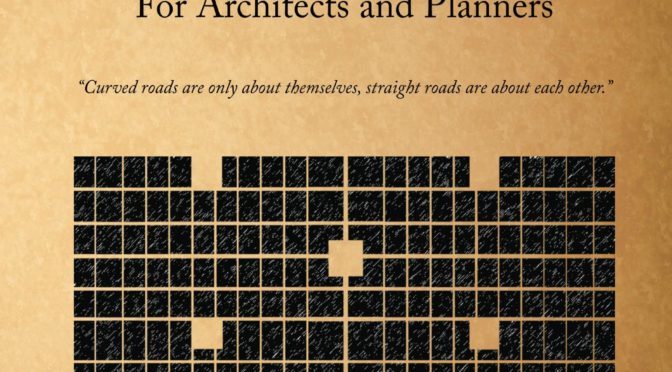
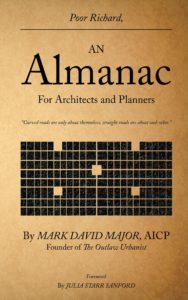
 Major’s Twitter postings generated such a positive response that he collected together the first 366 proverbs in Poor Richard, An Almanac for Architects and Planners, first published in Spring 2013 but now available in digital format in
Major’s Twitter postings generated such a positive response that he collected together the first 366 proverbs in Poor Richard, An Almanac for Architects and Planners, first published in Spring 2013 but now available in digital format in 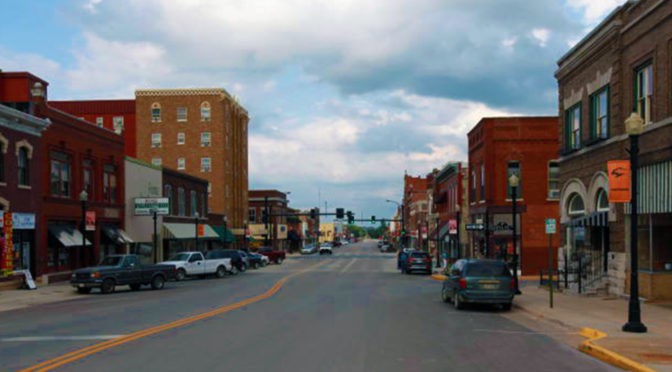


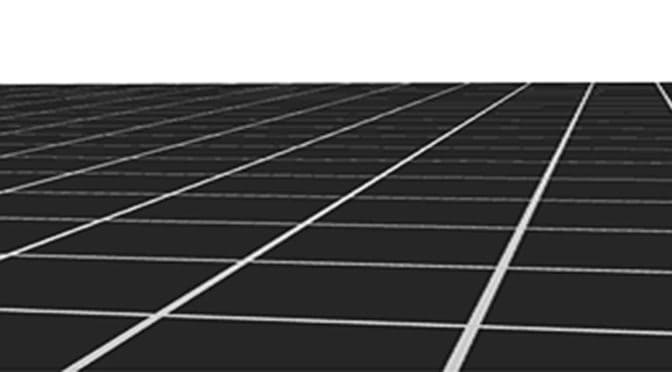
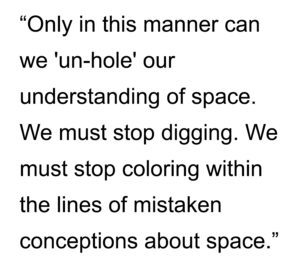 We cannot skate our way to spatial freedom but only walk the path of its responsibilities.
We cannot skate our way to spatial freedom but only walk the path of its responsibilities.